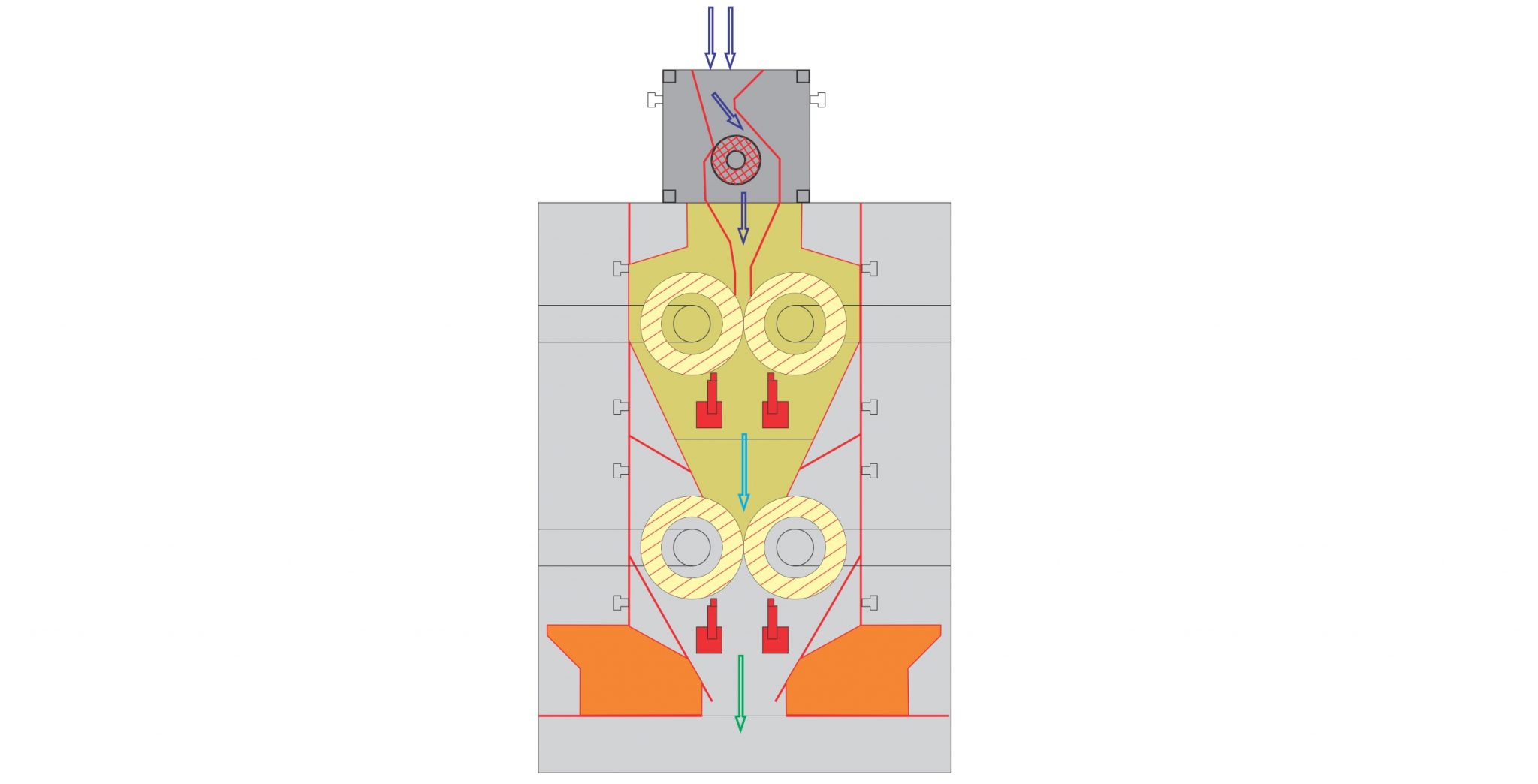Industrial Coffee Grinder: Picking the Ideal Model for Your Needs
Industrial Coffee Grinder: Picking the Ideal Model for Your Needs
Blog Article
Industrial Coffee Mill Guide: Increase Efficiency and High Quality
In the competitive landscape of coffee manufacturing, picking the right commercial coffee grinder plays a critical function in improving both performance and item high quality. Understanding the nuances of various mill kinds and vital attributes-- such as personalized work settings and robust construction-- can considerably influence the last taste account of the coffee.
Recognizing Mill Types
When choosing a commercial coffee grinder, understanding the various kinds offered is crucial for enhancing both flavor removal and operational performance. Both primary kinds of mills are blade mills and burr grinders. Blade mills make use of sharp blades that slice coffee beans into inconsistent sizes, leading to irregular removal and possibly unwanted flavors. While blade mills are often extra affordable and ideal for small-scale operations, they are normally not advised for industrial usage.

Ultimately, choosing the best kind of grinder is indispensable to keeping quality and efficiency in coffee production, making it crucial for businesses to purchase high-quality burr mills for optimal results.
Trick Features to Think About
Selecting an industrial coffee grinder calls for careful factor to consider of a number of vital features that can dramatically affect both performance and the overall coffee experience. One of the main facets to review is the grinding mechanism. Burr mills are typically liked over blade mills, as they give a consistent grind size, which is critical for optimum extraction and flavor.
Another important function is the mill's capability. A flexible grinder with multiple settings enables you to customize the grind size to various developing techniques, improving the coffee's flavor profile.
The building material likewise plays a role in toughness and upkeep. Stainless steel parts usually supply long life and are much easier to clean up, which is crucial for keeping hygiene standards. Lastly, assess the mill's noise degree, specifically in an active café or production setting, where excessive sound can be disruptive. Purchasing a mill that balances these features can greatly enhance both operational efficiency and the top quality of the coffee offered.
Optimizing Grinding Refine
To attain the very best outcomes in coffee preparation, maximizing the grinding process is important. The work dimension dramatically influences removal, taste, and general top quality of the brewed coffee. Various brewing techniques call for particular work dimensions; as an example, coffee requires a great grind, while French press necessitates a crude texture. Recognizing the relationship between work dimension and developing method is the very first action in optimization.


Additionally, keeping track of the grinding rate can maximize the procedure. Slower grinding usually generates much less warmth, preserving delicate flavors and scents. On the other hand, much faster grinding might produce excessive warmth, adversely affecting the coffee's high quality.
Upkeep and Care Tips
Proper maintenance and care of industrial coffee mills are important for guaranteeing ideal performance and longevity. Regular cleaning is the structure of upkeep; residue buildup can influence taste and grinding effectiveness. It is a good idea to cleanse the mill after each usage, wiping down the exterior and getting rid of any type of coffee grounds from the burrs.
Additionally, inspect the grinding burrs for damage. Boring burrs can endanger work uniformity, so they ought to be replaced as required. Industrial Coffee Grinder. Periodically calibrating the mill is additionally important, as this maintains the desired work dimension for numerous developing approaches
Lubrication of relocating parts ought to be done according to the producer's specifications, as this lowers friction and prolongs the life of the devices. It is vital to use food-grade lubricating substances to ensure safety and security and conformity with health and wellness laws.
Last but not least, maintain More Info the grinder in a completely dry and steady setting to avoid rust and rust. By adhering to these upkeep and treatment pointers, drivers can enhance the performance of their industrial coffee mills while making certain high-grade outcome and prolonged operational life.
Return on Investment Analysis
Examining the return on financial investment (ROI) for industrial coffee grinders is crucial for services looking for to maximize their coffee production capabilities. An extensive ROI analysis aids figure out the economic viability of investing in top notch mills, allowing businesses to weigh the preliminary costs versus possible gains.
Evaluate the purchase rate of the mill, including installment and any type of necessary alterations to existing framework. High-performance mills usually lead to lowered grinding time and boosted throughput, which can dramatically improve productivity.
Furthermore, consider the influence on product high quality. Industrial Coffee Grinder. Superior grinders generate an even more helpful hints regular grind dimension, which can boost flavor profiles and consumer fulfillment, eventually driving sales. By raising the top quality of the end product, organizations can validate higher pricing, resulting in boosted earnings
Final Thought
In summary, an industrial coffee mill plays a pivotal role in enhancing both efficiency and product quality within coffee production. Ultimately, the tactical financial investment in a reputable mill adds substantially to enhanced revenue and competition in the coffee market.
In the affordable landscape of coffee manufacturing, picking the appropriate commercial coffee mill plays an essential function in boosting both effectiveness and product quality. The two primary types of mills are blade mills and burr grinders. Within the burr mill group, there are level burr mills and cone-shaped burr grinders, each with its advantages. Burr mills are normally liked over blade mills, as they supply a constant grind dimension, which is critical for optimum extraction and flavor.
In summary, a commercial coffee grinder plays a critical role in boosting both effectiveness and item quality within look at these guys coffee manufacturing.
Report this page